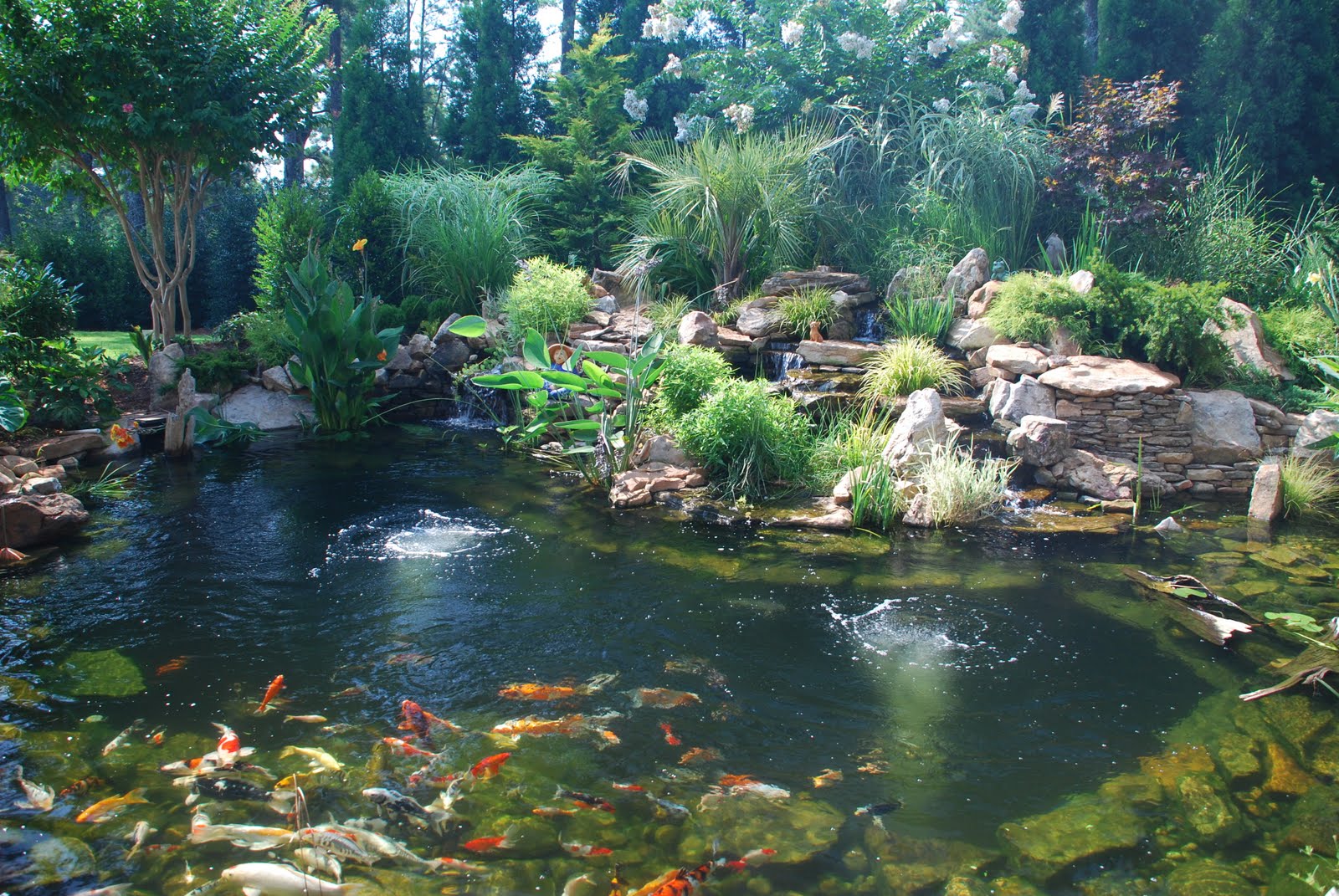
The Ultimate Guide to Choosing the Best Net for Your Koi Pond
Why You Need a Net for Your Koi Pond
Koi are a popular and beloved type of fish that are often kept in backyard ponds. These beautiful fish are prized for their bright colors and graceful movements, but they can also be quite fragile. One of the key challenges of maintaining a healthy koi pond is keeping out debris and predators that can harm or stress out your fish. That’s where a net for koi pond comes in.
A net for koi pond is a specially designed type of netting that is placed over the surface of your pond. It serves several important purposes, including:
- Preventing fallen leaves, bugs, and other debris from collecting on the surface of your pond and sinking to the bottom, where they can create harmful bacteria and algae.
- Protecting your koi from predators like birds, raccoons, and cats that might try to fish them out of your pond.
- Preventing your koi from escaping your pond, especially if your pond is located near a busy street or other dangerous areas.
Types of Netting for Koi Ponds
There are several different types of netting that can be used for koi ponds, each with its own unique features and benefits. Here are some of the most common options:
1. Fine Mesh Netting
Fine mesh netting is the most popular type of netting for koi ponds. It is usually made from a synthetic material like nylon and features a tight weave that can stop even the smallest debris from entering your pond. Fine mesh netting is also effective at keeping out most predators, although very determined animals may still be able to get through it.

2. Leaf Netting
Leaf netting is a type of coarser mesh netting that is designed primarily to keep fallen leaves and other debris out of your pond. It usually has larger holes than fine mesh netting, which can make it less effective at keeping out predators. However, it is a good option if you live in an area with a lot of trees or other foliage.
3. Predator Netting
Predator netting is a type of heavy-duty netting that is specifically designed to keep out even the most determined predators. It usually has a very tight weave and is made from a durable material like polyethylene or PVC. Predator netting is more expensive than other types of netting, but it is essential if you have had problems with predators in the past.

Choosing the Right Netting for Your Koi Pond
Now that you understand the different types of netting that are available for koi ponds, it’s time to choose the one that’s right for you. Here are some key factors to consider when making your choice:
1. Pond Size
The size of your pond is one of the most important factors to consider when choosing netting. Ideally, your netting should be large enough to cover the entire surface of your pond, with a little extra around the edges. Make sure to measure your pond carefully and choose netting that is appropriately sized.
2. Debris Type
Consider the type of debris that is most common around your pond when choosing netting. If you live in an area with a lot of trees and bushes, for example, you may want to choose leaf netting. If bug debris is more of a problem, then fine mesh netting may be a better choice.
3. Predator Threats
If you live in an area with a lot of predators that target koi fish, then predator netting is likely your best option. However, if you have never had problems with predators in the past, then fine mesh or leaf netting may be sufficient.
Installing and Maintaining Netting for Your Koi Pond
Once you have chosen the right netting for your koi pond, it’s time to install it. Here are some tips for installing and maintaining your netting:
1. Install on a Calm Day
Install your netting on a calm day when there is little to no wind. This will make it easier to spread the netting out evenly and reduce the risk of damage to your netting or your pond.
2. Secure the Edges
Make sure to secure the edges of your netting tightly around the edge of your pond. You can use rocks, bricks, or other heavy objects to hold the netting in place.
3. Check Regularly
Check your netting regularly to make sure there are no holes or tears in the material. Repair any damage as soon as possible to keep your koi fish safe and healthy.
Conclusion
A net for koi pond is an essential tool for any koi pond owner. By choosing the right netting and installing it properly, you can protect your koi from harm and keep your pond clean and healthy. Follow the tips in this guide to choose the perfect netting for your pond and maintain it with ease.